Plants are often seen as stationary and passive, but some species defy expectations with behaviors that seem almost animal-like.
From moving to catch prey to reacting to touch or even communicating with their environment, these fascinating plants blur the line between the plant and animal kingdoms.
In this list, we’ll explore 13 incredible plants that exhibit traits and actions more commonly associated with animals.
Prepare to be amazed by the wonders of nature and the surprising ways these plants thrive and interact with the world around them!
Venus Flytrap

Imagine a plant with the audacity to “snap” like a predator. The Venus Flytrap employs rapid leaf movement, capturing insects with swift precision.
When triggered, its lobes clamp shut, creating an airtight seal. This act, akin to a jaw closing, traps the prey. Within days, the plant secretes enzymes, digesting its meal.
It’s a perfect example of nature’s ingenuity in nutrient-poor environments. Watching this plant in action is akin to witnessing a miniature wildlife documentary. Its allure lies not just in its carnivorous habit, but in its ability to thrive where others cannot.
Mimosa Pudica
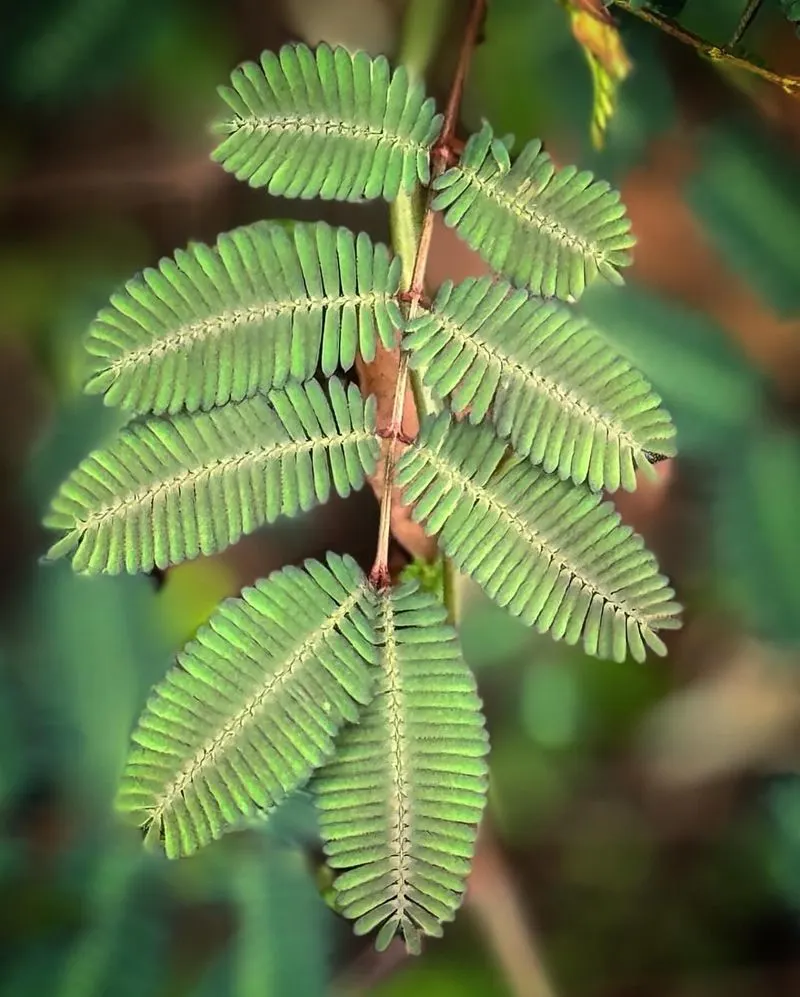
When touched, the Mimosa Pudica reacts almost instantaneously, folding its delicate leaves. This plant exhibits a behavior known as “thigmonasty,” a rapid movement response to stimuli.
The movement serves as a defense mechanism against herbivores, making the plant seem less appetizing. It’s a fascinating survival tactic in the botanical world.
Observing it gives one the sense of a plant that “feels” and “reacts”. Its unique response captivates both botanists and casual observers, turning any encounter into a memorable experience.
Sundew
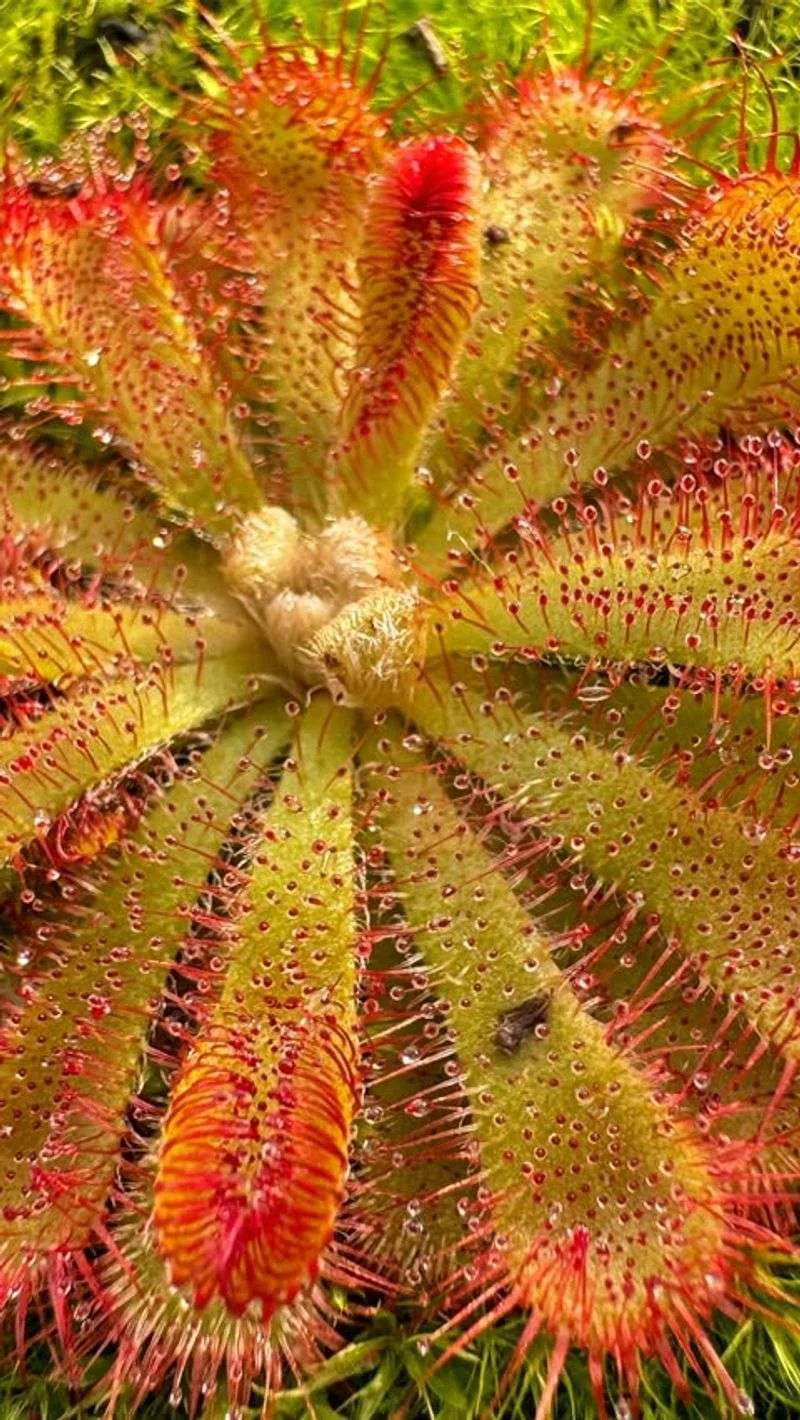
With a sparkle that belies its sinister nature, the Sundew lures insects into its grasp. Covered in glandular hairs exuding sticky droplets, it ensnares its prey with deceptive ease.
Once an insect is trapped, the plant’s tentacles curl around it, beginning the digestion process. This slow-motion capture is mesmerizing to witness.
Unlike the sudden snap of the Venus Flytrap, the Sundew’s method is one of patience and persistence. It embodies a unique strategy of passive entrapment, demonstrating another way plants adapt to nutrient-poor environments.
Bladderwort

Hidden underwater, Bladderworts use vacuum-sealed bladders to capture unsuspecting prey. These bladders suck in tiny aquatic organisms with efficiency that rivals any mechanical trap.
Fascinatingly, the Bladderwort doesn’t rely on sunlight to thrive, instead obtaining nutrients from its captured meals. This plant showcases a sophisticated mechanism, as each bladder operates with precision.
Observing this plant unveils a world of hidden interactions beneath the water’s surface. It’s a masterclass in botanical adaptation, revealing nature’s complex design and the diverse strategies plants employ to survive.
Monkey Cups (Nepenthes)
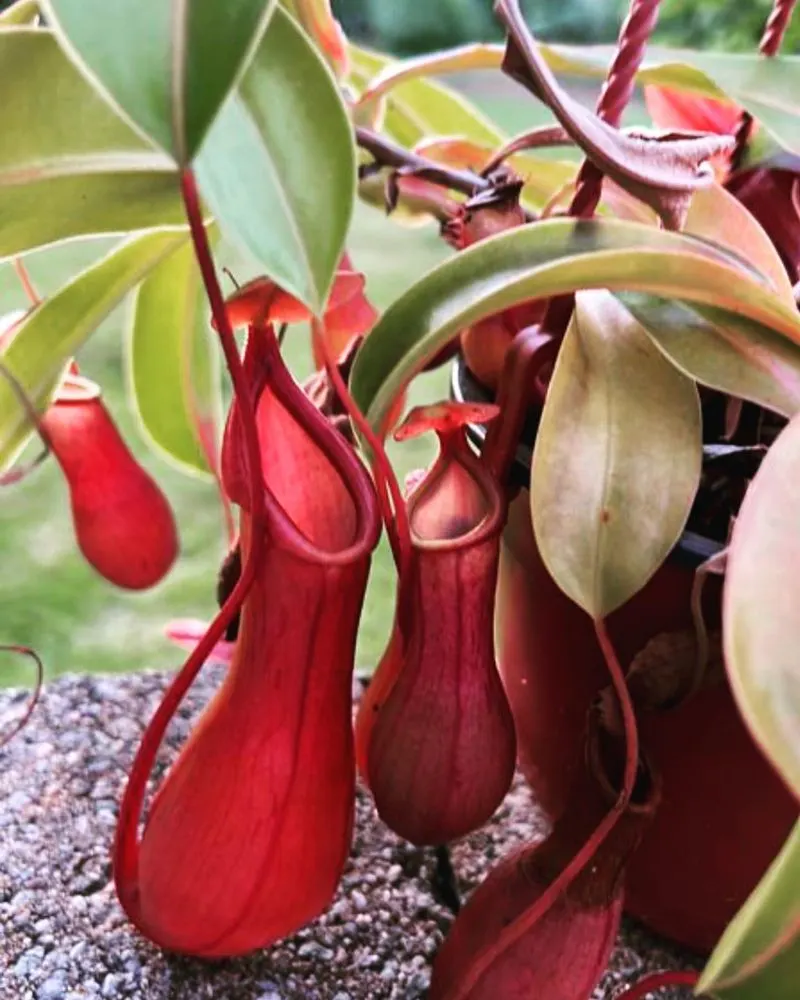
Nepenthes, commonly known as Monkey Cups, entice with their exotic, pitcher-shaped leaves. These leaves fill with digestive fluids, trapping insects and small vertebrates that venture inside.
The slippery inner walls ensure no escape for those that fall in. This unique form of predation provides essential nutrients in nutrient-poor soils.
Watching the Monkey Cups in action offers a glimpse into the complex interactions between plant and prey. Their striking appearance and carnivorous habits make them a captivating subject for any plant lover. They exemplify nature’s resourcefulness and beauty.
Sensitive Plant (Mimosa Pudica)

The Sensitive Plant, part of the Mimosa genus, is renowned for its responsive nature. Upon touch, its leaves fold inward, a swift movement that serves as a deterrent to potential threats.
This fascinating behavior, known as “thigmonasty,” intrigues onlookers and serves as a protective mechanism. It’s a vivid reminder of the plant’s interactive capabilities, blending defense with spectacle. The Sensitive Plant provides a dynamic display of motion in an otherwise static world, making it a remarkable specimen in any collection. Its ability to “move” endears it to both novices and seasoned botanists alike.
Corpse Flower (Amorphophallus titanum)

Standing tall and proud, the Corpse Flower is famous for its massive size and equally impressive stench. When in bloom, it emits an odor reminiscent of rotting flesh, attracting pollinators like flies and beetles. This unique strategy is nature’s way of ensuring pollination.
Blooming only once every few years, witnessing its spectacle is rare and unforgettable. Despite its off-putting scent, the Corpse Flower captivates with its sheer size and intriguing lifecycle. It’s a testament to nature’s adaptability and the lengths to which plants will go to reproduce successfully.
Dancing Plant (Codariocalyx motorius)

The Dancing Plant, scientifically known as Codariocalyx motorius, charms with its rhythmic leaf movements. Responding to sound, its leaves sway gently, creating a dance-like impression.
This movement, although subtle, is a response to external stimuli. It’s a captivating display of plant behavior, showcasing sensitivity and interaction with the environment.
Observing the Dancing Plant’s graceful movements can be both soothing and fascinating. Its unique ability to “dance” illustrates the complexity of plant physiology, making it a delightful addition to any botanical collection.
Telegraph Plant (Desmodium gyrans)
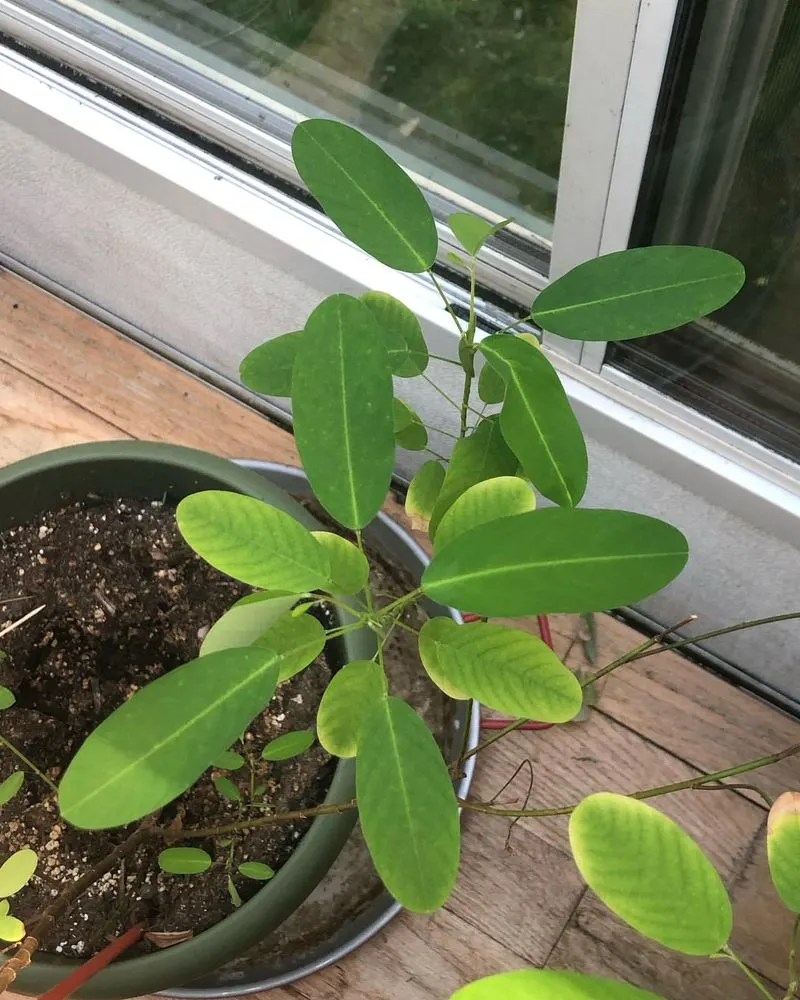
A remarkable spectacle unfolds as the Telegraph Plant moves its lateral leaflets in response to light and warmth.
These movements, occurring even without wind, showcase a plant seemingly in constant motion. The Telegraph Plant’s ability to “signal” with its leaves is both intriguing and mesmerizing. Such dynamic behavior illustrates a level of complexity often underestimated in flora.
Watching it, one gets the sense of a plant “communicating” with its environment, adjusting its stance in a graceful and deliberate manner. This plant’s kinetic energy is a marvel of natural engineering.
Pitcher Plant
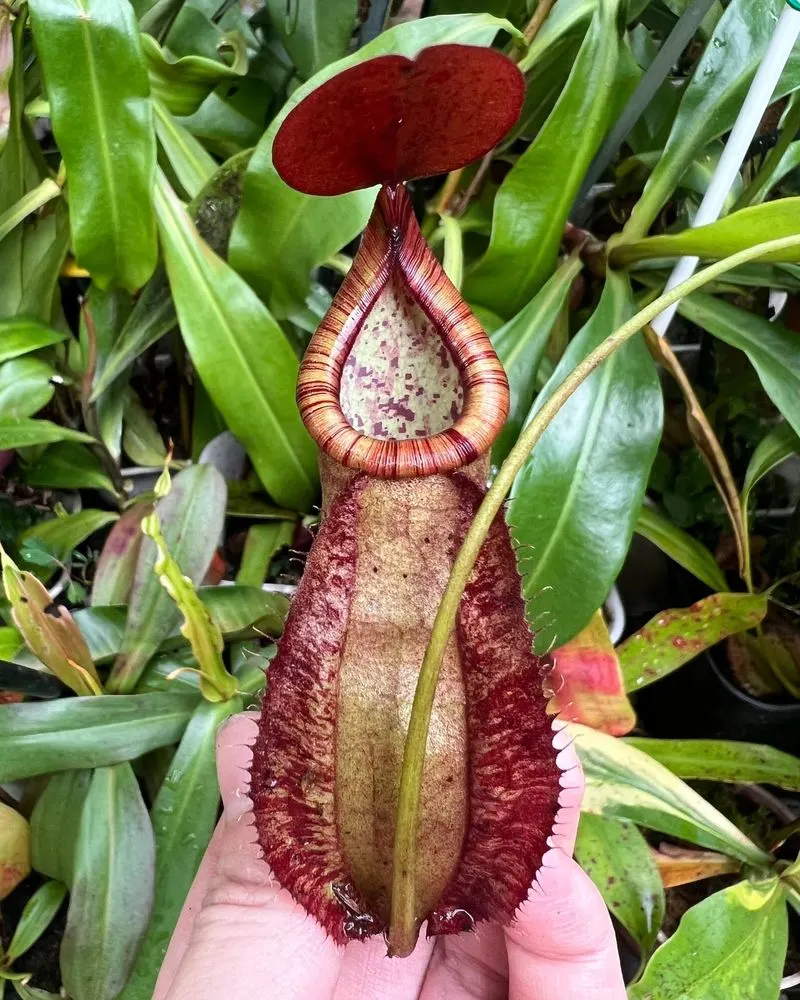
In the world of plant predation, the Pitcher Plant stands as a master trapper. Its pitcher-shaped leaves form deep cavities filled with digestive fluids. Insects, lured by nectar, find themselves slipping into these treacherous depths.
The plant’s intricate design ensures no escape, turning a simple slip into a fatal plunge.
The Pitcher Plant adapts to nutrient-deficient environments, capturing and digesting prey to sustain itself. Observing this plant reveals a sophisticated blend of beauty and strategy. Its allure lies in the deceptive simplicity of its form and the hidden complexity within.
Cape Sundew (Drosera capensis)

Cape Sundew dazzles with its glistening droplets, each a sticky trap for unsuspecting insects. Its tentacles, coated in a viscous substance, act swiftly to ensnare prey.
As the insect struggles, the tentacles tighten, drawing it closer for digestion. This process is a slow dance of entrapment, blending elegance with lethality.
The Cape Sundew thrives in harsh conditions, turning adversity into advantage. Observing its methodical capture provides insights into the adaptability and resilience of carnivorous plants. It’s a shining example of nature’s resourceful survival tactics in the plant kingdom.
Cobra Lily (Darlingtonia californica)

The Cobra Lily entrances with its serpentine appearance. Its hooded leaves, reminiscent of a cobra poised to strike, lure insects with a promise of nectar.
However, the plant’s translucent windows disorient the prey, trapping it within. Inside, downward-pointing hairs ensure no escape, guiding the unfortunate deeper into its digestive chamber. This method of predation is as effective as it is fascinating.
The Cobra Lily thrives in nutrient-poor bogs, demonstrating a unique adaptation to its environment. Its striking form and cunning strategy captivate botanists and enthusiasts alike.
Rafflesia

Known for producing the world’s largest flower, Rafflesia is a spectacle in the plant kingdom. Its bloom, although stunning, is notorious for emitting a pungent odor similar to rotting meat.
This scent attracts carrion flies, essential for its pollination. Unlike other plants, Rafflesia lacks leaves, stems, or roots, parasitizing a host vine for survival.
The rarity of its bloom makes encountering a Rafflesia a unique experience. It’s a testament to nature’s willingness to break norms and adapt in surprising ways. This plant highlights the intricate relationships within ecosystems, showcasing nature’s diversity and complexity.

